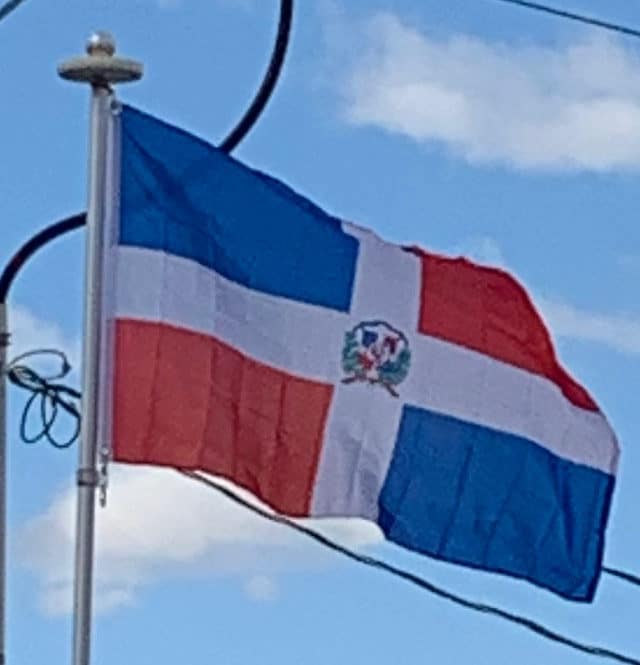On November 25, 1960, Trujillo killed Mirabal sisters, nicknamed Las Mariposas (The Butterflies). The victims were Patria Mercedes Mirabal (born on February 27, 1924), Argentina Minerva Mirabal (born on March 12, 1926), and Antonia María Teresa Mirabal (born on October 15, 1935).
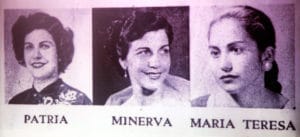
Along with their husbands, the sisters were conspiring to overthrow Trujillo in a violent revolt. The Mirabals had communist ideological leanings as did their husbands. The sisters have received many honors posthumously and have many memorials in various cities in the Dominican Republic. Salcedo, their home province, changed its name to Provincia Hermanas Mirabal (Mirabal Sisters Province). The International Day for the Elimination of Violence against Women is observed on the anniversary of their deaths.
For a long time, the U.S. and the Dominican elite supported the Trujillo government. This support persisted despite the assassinations of political opposition, the massacre of Haitians, and Trujillo’s plots against other countries. The U.S. believed Trujillo was the lesser of two or more evils. The U.S. finally broke with Trujillo in 1960, after Trujillo’s agents attempted to assassinate the Venezuelan president, Rómulo Betancourt, a fierce critic of Trujillo.
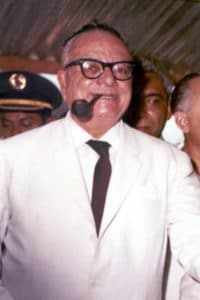
Trujillo had become expendable. Dissidents inside the Dominican Republic argued that assassination was the only certain way to remove Trujillo.
According to Chester Bowles, the U.S. Undersecretary of State, internal Department of State discussions in 1961 on the topic were vigorous. Richard N. Goodwin, Assistant Special Counsel to the President, who had direct contacts with the rebel alliance, argued for intervention against Trujillo. Quoting Bowles directly: The next morning I learned that in spite of the clear decision against having the dissident group request our assistance Dick Goodwin following the meeting sent a cable to CIA people in the Dominican Republic without checking with State or CIA; indeed, with the protest of the Department of State. The cable directed the CIA people in the Dominican Republic to get this request at any cost.
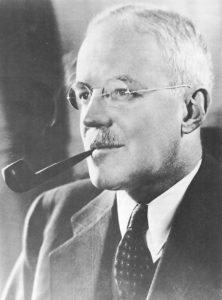
When Allen Dulles found this out the next morning, he withdrew the order. We later discovered it had already been carried out.
Post-Trujillo (1962–1996):
Trujillo was assassinated on May 30, 1961. Trujillo was murdered with weapons supplied by the United States Central Intelligence Agency (CIA).
In February 1963, a democratically elected government under leftist Juan Bosch took office but it was overthrown in September. On April 24, 1965, after 19 months of military rule, a pro-Bosch revolt broke out.
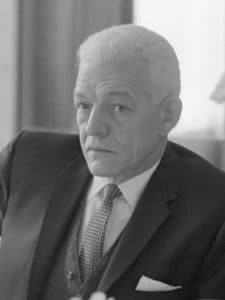
Days later U.S. President Lyndon Johnson, concerned that Communists might take over the revolt and create a “second Cuba,” sent the Marines, followed immediately by the U.S. Army’s 82nd Airborne Division and other elements of the XVIIIth Airborne Corps, in Operation Powerpack. “We don’t propose to sit here in a rocking chair with our hands folded and let the Communist set up any government in the western hemisphere,” Johnson said. The forces were soon joined by comparatively small contingents from the Organization of American States. All these remained in the country for over a year and left after supervising elections in 1966 won by Joaquín Balaguer. He had been Trujillo’s last puppet-president.
